
CHAPTER NINE

Fascinating Friends and a Wider World
(1932-1935)
I was alone in the house at 139 one afternoon after school when the phone rang. A womans voice asked to speak to Miss Willan. I couldnt imagine who Miss Willan was. I asked her please to hold the line. In bewilderment and walking round and round the living-room, I suddenly realized that this woman referred to 12-year-old me as Miss Willan. What a surprise! I went back to the phone more or less in shock and managed to tell the caller that Miss Willan was speaking! It was Mrs Cody, wife of the new university president. I certainly knew Canon Cody, but I had never met his spouse. She was inviting me to assist at a reception at the Royal Ontario Museum, which was an adjunct of the university in those days. I managed to say that it would be an honour for me.
At the reception, I worked together with Monica Allcott a friend of mine from St Mildreds College whose father was also on the university staff, in architecture, I think. We carried coffee cups on one tray and cream and sugar on another around to guests, all university staff types. Poliomyelitis had paralysed Monicas left arm, so she rested the cream-and-sugar tray on her useless left arm. I carried the coffee-cup tray with one hand and poured the cream with the other. We really had not known each other well, but we soon made a great team for Mrs Codys receptions.
Many faculty members rather dreaded those evenings. Dad never went: the events took place on Fridays, so he had an excuse, Friday being for choir practice. At one of the receptions, our friend and neighbour Dr Harold Ball (Uncle Harold to me), who was professor of histology, found Mother, thoroughly bored, gazing at the fish in the aquarium that used to overlook the rotunda. Contemplating suicide by drowning, are we? asked the physician. Mother threw back her head and laughed so hard that she nearly capsized into the tank. How typical of Harold to get some fun out of a dull moment, she said next morning.
Uncle Harold had served with the Canadian Army Medical Corps in France during the Great War. He once told me that he was afraid of only three things women, hell, and guns, and in that order. People said of him that he had only to walk into a patients room and recovery started immediately. He told me one day about a little trick that he had played at a cocktail party. Apparently a man who often cadged free medical advice, before the days of socialized medicine, approached him and started off telling him about his ailments. Uncle Harold listened in his most professional way and then told the man that he thought that he might prescribe something that would help. And I happen to have my prescription pad with me, he said to the freeloader, telling me the story with a wonderful smirk on his face. He told the man not to read it now, but to take it home and read it then, otherwise everyone would want advice, and this was a party. What did you write on that pad? I asked. Very sound advice, he said, grinning. I wrote, Walk to work.
Uncle Harold and his wife, Mandy, were both superb actors. He had a ringing bass voice and in some radio CBC production played the voice of God. The director had an inspired idea. Uncle Harold would declaim at the top of the staircase in the old Coverley House, home to the CBC, on Jarvis Street, with the microphone down on the first floor. The rehearsal was splendid, God seemingly intoning from the top of a high mountain. The program was live on air, and as God was uttering an injunction about doom or whatever, some witless wonder flushed a toilet on the second floor. Uncle Harold was positively giggling when he told us about the effect that had on everyone, from the producer on down. I felt I was condemning Noah as well, he said.
Uncle Harold was a stickler for cleanliness. He made his house calls carrying a supply of freshly ironed linen handkerchiefs. Before anything else, he washed his hands and dried them on one of the hankies, repeating the action on another before he left the house. Mrs Ball washed and ironed many handkerchiefs. She was also on a daily radio serial at CFRB, Monday to Friday at noon. It was part of a farm news program, which offered the market price of eggs, meat, and poultry and news of interest to farmers.
One sloppy, slushy February morning Uncle Harold drove her downtown to CFRB on University Avenue. On the way she spied a young woman standing on the corner of Bay and Bloor streets waiting for a streetcar with a baby in her arms. Full of compassion, she begged her husband to give the two a lift. The doctor took a good look at the woman and demurred. Aunt Mandy insisted. Very well, said Uncle Harold. Hop in, Madam, and close the door. I presume you are on your way to the Hospital for Sick Children. I will drive you there. Oh, thank you, the young woman said. Yes, we go to Sick Kids. Me and baby got syphilix! Mandy froze. After mother and child left the car, she turned on Uncle Harold. You knew she was sick, didnt you? He just smiled when he told me about it. Mandy spent all afternoon scrubbing out the back seat with Javex.
A group of madcap types Dad, Uncle Harold Ball, and many Arts and Letters members formed a club of sorts that they called Birds of a Feather. Membership was by invitation only. The fellows were rather secretive about their doings; innocent fun seemed to be their chief motive, but they had an initiation ceremony. Apparently they gave the new member a tankard of beer, which he had to finish without a pause for breath. The tankard had a glass bottom, and some prankster had glued a small ceramic frog to the bottom. If you could keep your dinner down, you were in.
Each member had a secret name of a bird. Uncle Harold was the Capon. Well over six feet tall and heavily built, he and his wife had no children, hence the name. I never have learned Dads avian namesake a musical singer, I hope. New Years Eve parties were the only events that wives could attend and took place in the penthouse of the Sampson, Matthews building on Yonge Street both Mr Matthews and Mr Sampson were founding members. Their lithography firm was famous for the high quality of its colour prints of paintings, its photographic inventions, and its illustrious staff members.
One of Mothers school chums was Amice Calverley, the worlds leading woman Egyptologist, who was working in Abydos under the Rockefeller Foundation. She used to drop in from time to time for tea or for lunch. She and Mother used to recall gleefully Miss somebody or others Academy for the Daughters of Gentlemen. Each morning they had to march around the drill hall with a wand tucked into their elbows behind their backs. This was to give them straight backs and a ladylike carriage, as though they had been riding sidesaddle all their lives. At the same time they had to keep repeating prunes and prisms without moving their jaws to give them the proper British upper-crust lockjaw speech. It didnt work on Mother, thank goodness.
In 1932, Mother rounded up a few other Academy survivors for a luncheon. This was to be more formal than her usual meetings with Amice. Everything was going splendidly until Mothers kitchen help, Mrs Fogarty, decided to jazz up the dessert, something chilled and white in glass cups. She looked around the kitchen and found the cayenne, just about Dads favourite spice, which he lavished on everything from radishes to curried lamb. Mrs Fogarty wasnt great at reading labels, so apparently dessert was a bit of a surprise, with a liberal sprinkling of something red for looks. General laughter ensued, until Amice fell off her chair in a dead faint. The ladies hovered around with water and general loosening of collar and belt, but they could not bring her round.


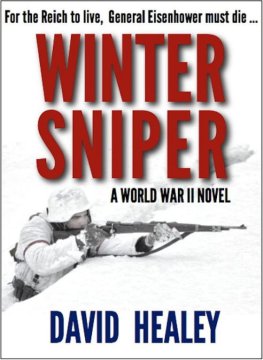
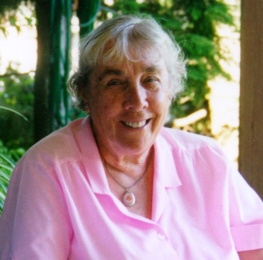

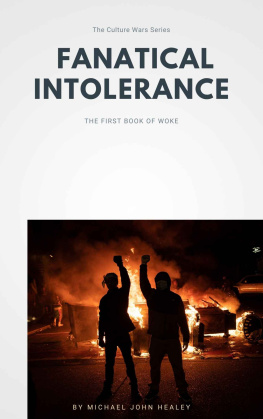
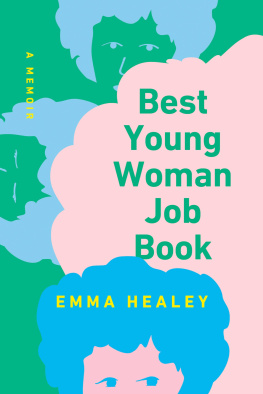
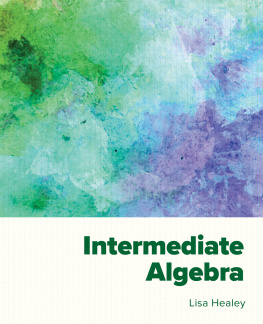
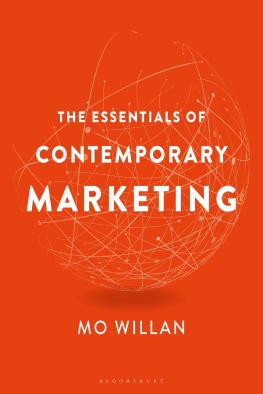
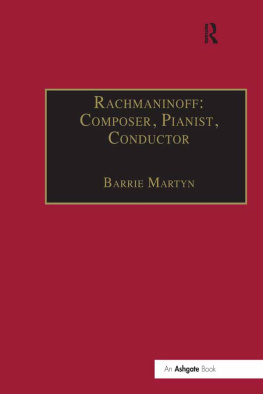
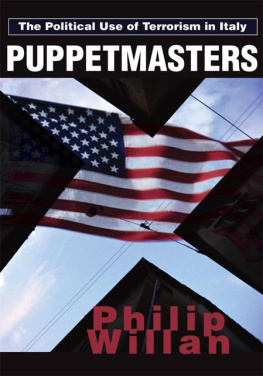
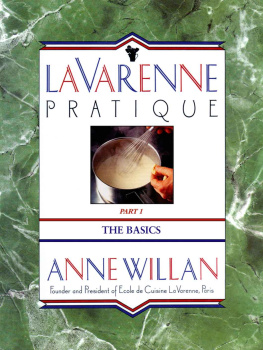


 CHAPTER NINE
CHAPTER NINE